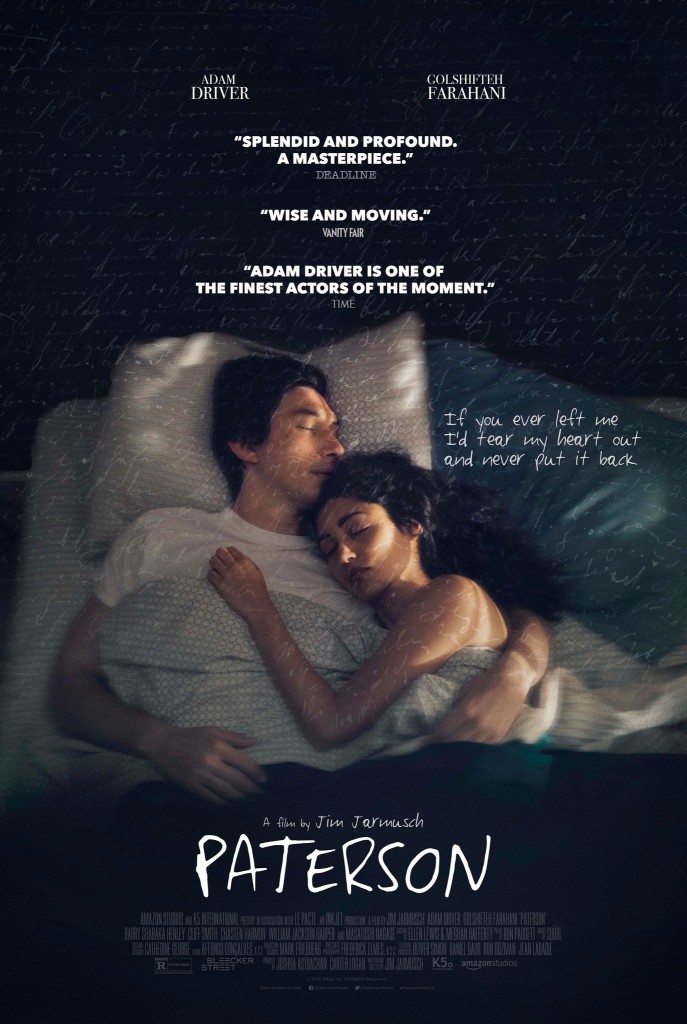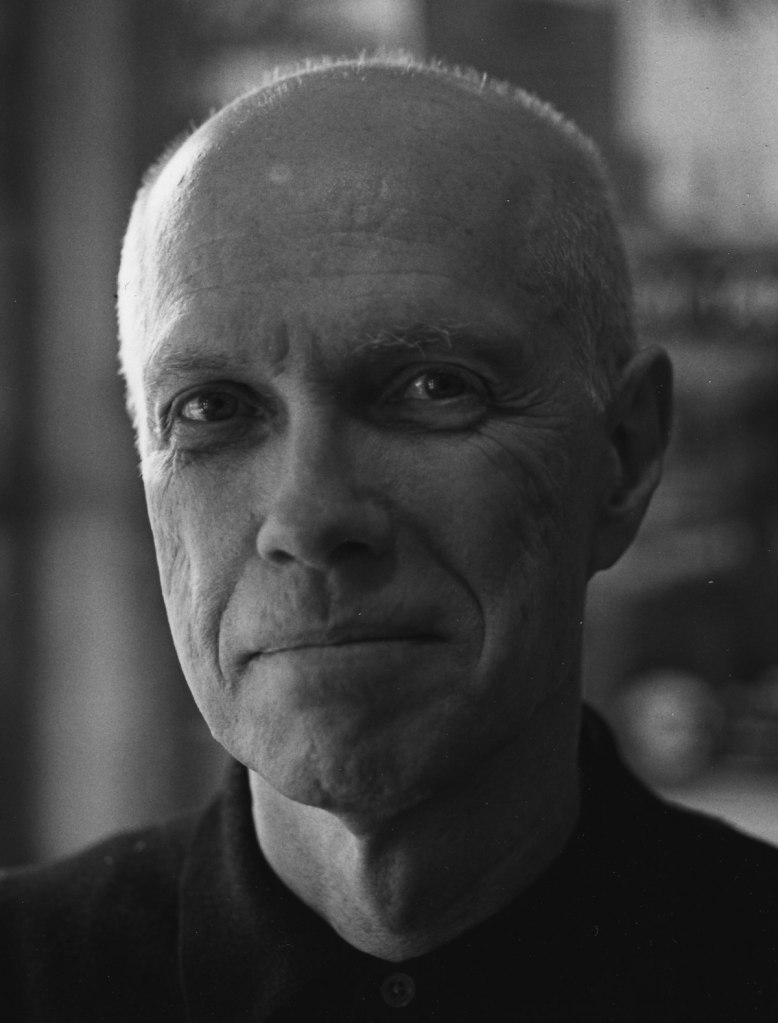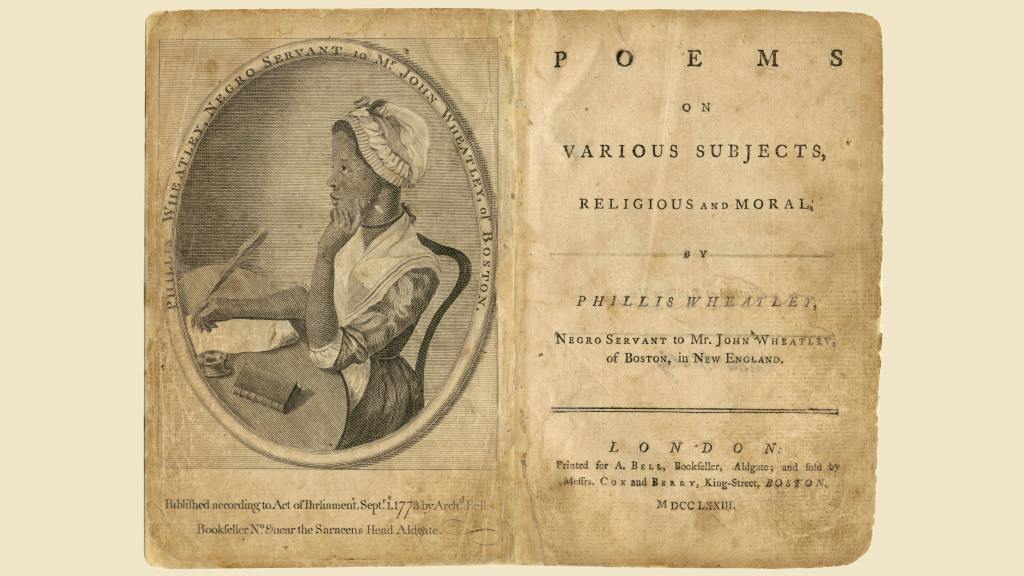“It is only after one is in trouble that one realizes how little sympathy and kindness there are in the world.” ― Nellie Bly, Ten Days in a Mad-House
By Natasha O’Hara
It’s my favorite time of the year, Spooky Season, where people love to embrace all things eerie and Halloween. A staple for many during this time is watching the latest season of American Horror Story. Back in season 2 of AHS, “Asylum”, the central character is a journalist named Lana Winters (played by Sarah Paulson, who is loosely based on historical figure, Nellie Bly.
Nellie Bly lived an extraordinary life as an investigative or “stunt” journalist during a time when women were ferociously fighting for equality and basic human rights. During her life, Bly was an advocate for Women’s Rights, a prominent figure in the muckraking movement, and even a foreign correspondent during World War I and the European suffrage movement.
Bly’s most famous “stunt” was her undercover investigation of the Women’s Lunatic Asylum on Blackwell’s Island (where AHS gained inspiration). Her second most famous accomplishment is her global journey, “Around-the-World in 72 days.” Bly was inspired by the fictional character in Jules Verne’s “Around the World in Eighty Days,” and she completed this feat in 72 days, 6 hours, and 11 minutes.
Early Life
Bly was born Elizabeth Jane Cochran on May 5, 1864, in Cochran’s Mill (named after her father), Pennsylvania. Prior to her birth, her father, Michael Cochran, had been a laborer before buying the local mill and land surrounding his family’s farmhouse. Along with owning the mill, he also served as associate justice of Armstrong County, where Cochran’s Mill was located. Bly’s father had another wife before Bly’s mother. Catherine Murphy was Michael’s first wife and with whom he had 10 children. He had 5 more children with his second wife, Bly’s mother, Mary Jane Kennedy. Unfortunately for his large family, Michael Cochran never had a will, and passed away unexpectedly when Bly was only 6 years old.
Without a will, the family would lose the family home, and be forced to leave Cochran’s Mill. Bly’s mother remarried but divorced in 1878 as Bly’s stepfather was an alcoholic and abusive. Bly was called to testify during the hearing, and after the divorce, the family relocated. When Bly was 15, she enrolled at the State Normal School in Indiana, Pennsylvania. It was during this time that she added an “e” to her last name (Cochrane). However, she was only able to finish one term because of her family’s financial struggles, and she ended up moving in with her mother in Pittsburgh.
It was during this time that Bly saw an article in the Pittsburgh Dispatch titled “What Women are Good For.” In response to this article, Bly penned an open letter anonymously to the editor, calling for better opportunities for women. The result of this caused the editor, George Madden, to search for the person who wrote the letter. Bly responded and began working for the paper under the pen name Nellie Bly, which she took from a popular song at the time.
Bly’s articles dealt with women’s issues of the time, such as the rough working conditions for females in factories. These types of articles caused a stir amongst the factory owners, resulting in Bly being reduced to writing about matters on society. Dissatisfied with this, Bly moved to New York City in 1886, searching for opportunities to write about serious topics.
A year later, Bly went to one of the leading papers in the country, New York World. She was able to speak with the editor, Joseph Pulitzer (yes, that Pulitzer), and pitched an idea for an investigational piece on the treatment of immigrants coming into the country. Pulitzer declined, but offered Bly another story, investigating the Insane Asylum located on Blackwell’s Island (renamed Roosevelt Island). This piece would require her to feign mental illness to gain admission, and Bly eagerly accepted.
Ten Days in a Mad-House
In order to appear insane, Bly stood in front of a mirror and practiced facial expressions that mimicked the vacant gaze of maidens she had seen in portraits. She also stayed up the night before she went to a boarding home, to help her perform erratic behavior. Nellie succeeded in scaring the tenants at the boarding house and wound up being assessed by a doctor. After this, she was admitted to the asylum on Blackwell Island.
There are many serious points that Bly touched on in her groundbreaking series, “Ten Days in a Mad-House.” Like the title suggests, she spent only ten days in the asylum, but that was more than enough to witness and experience the disturbing conditions and practices patients were subjected to. After being admitted to the asylum, Bly quit her “insane” act, thinking this would surely alarm the staff and doctors. This was not the case, and Bly spoke on how the more levelheaded she was, the more insane she was treated.
Some of the serious points Bly touched on in her series are as follows:
- Poor Living Conditions: Bly described the living conditions as unsanitary and overcrowded.
- Lack of Personalized Care: Little to no individualized medical or psychiatric care. Cases rarely, or not thoroughly evaluated.
- Insufficient Nutrition: Measly and often inedible food (dirty water, moldy food, etc.) leading to malnourishment.
- Physical and Verbal Abuse/Inhumane treatment: Abuse of patients by some staff members. Instances of nurses blaming the patients, telling the doctor that their bruises were self-inflicted when the nurses were physically beating them. Bly regarded the treatment as having lack of empathy and compassion, and many of the women were exposed to dehumanizing experiences.
- Misdiagnosis and Unfair Commitment: Many patients were suffering from social and economic problems and were misdiagnosed as mentally ill. Some women were unjustly committed because it was more convenient for their families or authorities.
Later Years
Because of Bly’s expose, she was able to cause significant reforms in the treatment of mentally ill patients, as well as improving mental healthcare in the United States. After Bly’s investigation, the asylum on Blackwell’s Island saw nearly $1 million added to the facility’s budget, which was quite a substantial amount for 1887.
Bly maintained her influential career in journalism until her marriage to millionaire, Robert Seamen, at the age of 30. Bly essentially retired from journalism at this point, and after her husband’s passing in 1903, Bly inherited the control of the extensive Iron Clad Manufacturing Company and American Steel Barrel Company. Bly’s independent spirit thrived in the business world, and she even patented numerous inventions related to oil manufacturing, many of which remain in use today. Sadly, her financial management faced challenges and eventually led to the companies declaring bankruptcy.
In her later years, Bly returned to journalism, covering World War I while living in Europe. She continued to illuminate significant issues affecting women and the working-class. Still active in her writing, Bly passed away from pneumonia on January 27, 1922. In a posthumous tribute, renowned newspaper editor Arthur Brisbane remembered Bly as “the best reporter in America.”






















